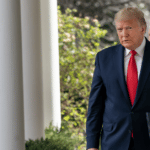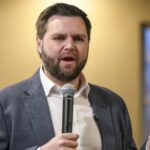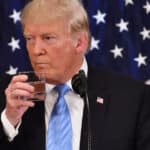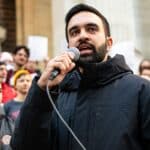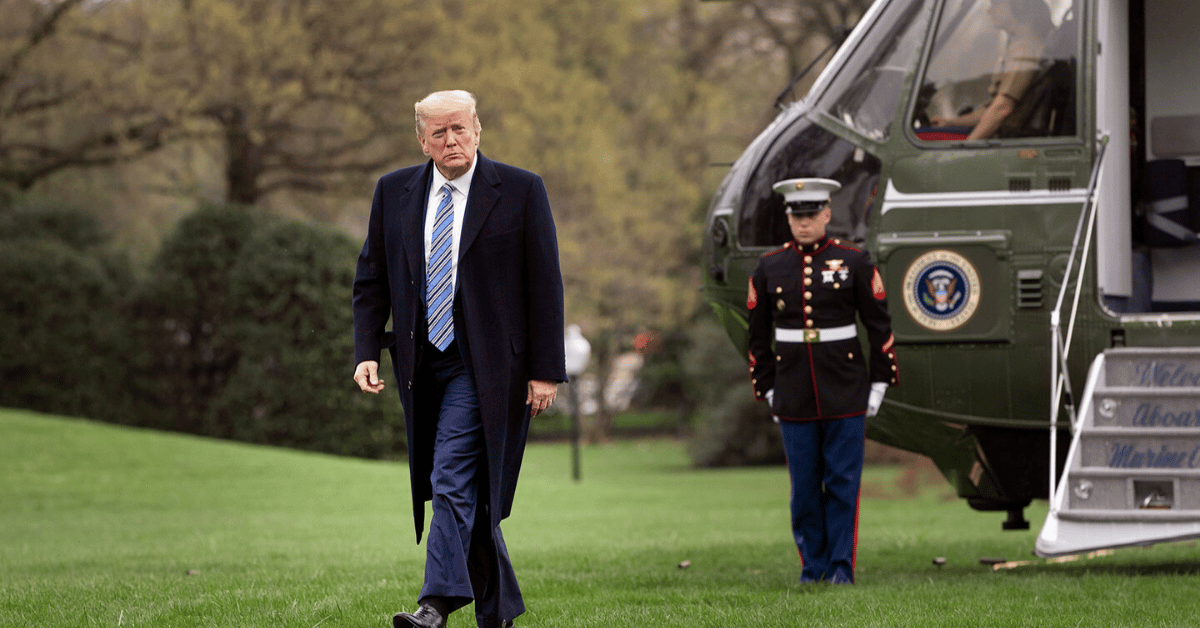
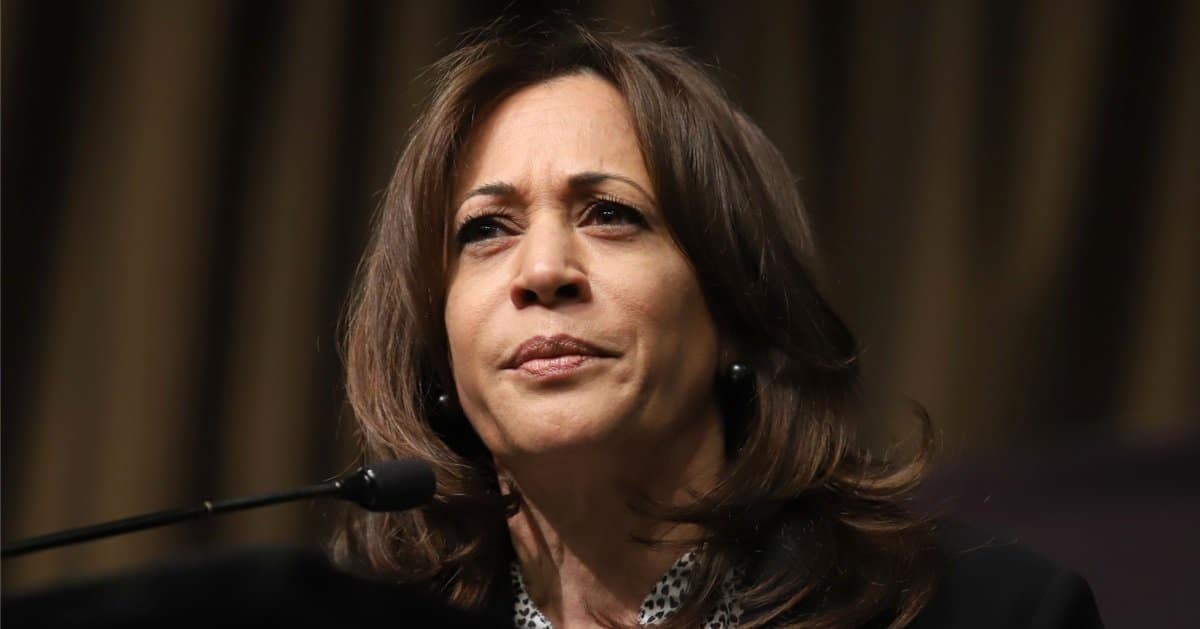

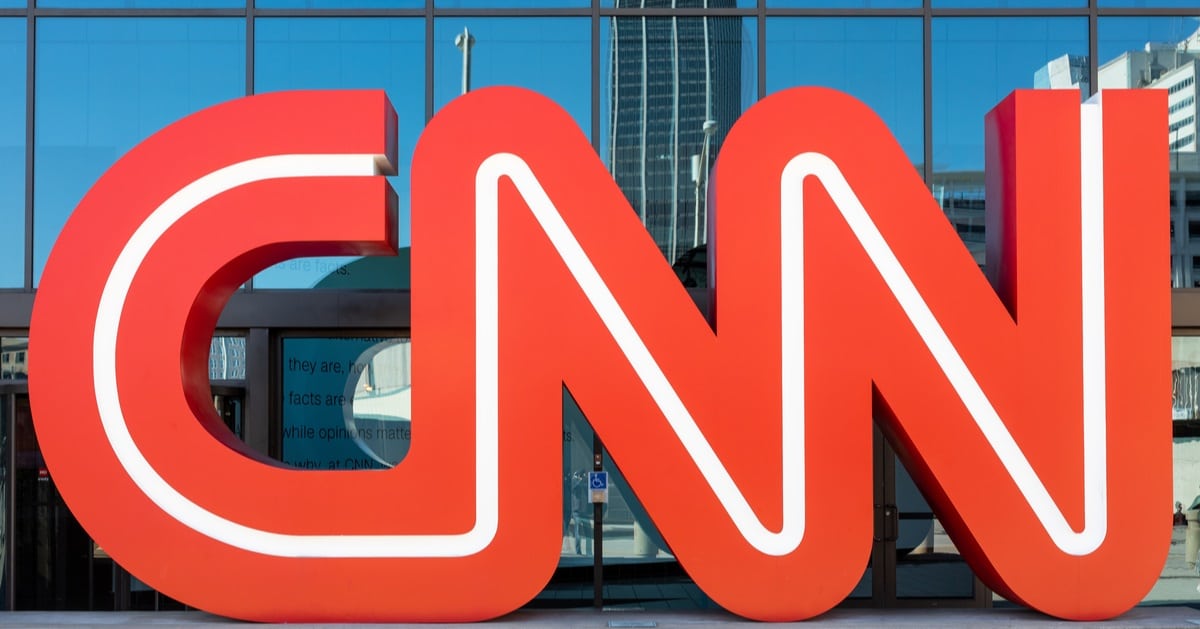
President Donald Trump is once again at the center of a geopolitical storm, this time over a fiery White House meeting with Ukrainian President Volodymyr Zelensky.
Reports of a heated exchange on Oct. 17, 2025, have surfaced, during which Trump allegedly pressed Ukraine to accept current battle lines with Russia, though he staunchly denies urging a full surrender of the Donbas region.
Let’s rewind to the day before this dramatic sit-down, when Trump held a phone call with Russian President Vladimir Putin on Oct. 16, 2025. What was said remains a mystery, but the timing raises eyebrows, especially with Trump’s upcoming meeting with Putin in Budapest on the horizon. Could this be a chess game with Ukraine as the pawn?
Fast forward to Oct. 17, 2025, when Trump and Zelensky met behind closed doors in Washington for a grueling three-hour discussion. Sources claim it escalated into a shouting match, with Trump dismissing frontline maps and pushing for territorial concessions. The tension could’ve powered a small city.
Trump, however, has a different take, insisting he never demanded Ukraine hand over the entire Donbas to Russia. He’s playing the pragmatist card, pointing out that 78% of Donbas is already under Russian control. Why fight a losing battle, he seems to ask?
“We think that what they should do is just stop at the lines where they are — the battle lines,” Trump stated, emphasizing a freeze on the current status quo. “The rest is very tough to negotiate if you’re going to say, ‘You take this, we take that’.” Frankly, it’s a blunt assessment, but isn’t there a kernel of cold, hard reality in halting the bloodshed?
Trump doubled down with another pointed remark: “So what I say is they should stop right now at the battle lines. Go home, stop killing people and be done.” His words cut through diplomatic fluff, but they sidestep the deeper question of whether freezing the conflict just rewards aggression.
While Trump’s call for a ceasefire might sound like common sense to war-weary folks, critics will argue it’s a bitter pill for Ukraine to swallow. After all, accepting the current lines means ceding hard-fought ground. Is this peace, or just a pause for Russia to reload?
Adding fuel to the fire, sources told the Financial Times that Trump warned Zelensky with stark words during their clash. Was this tough love or a diplomatic misstep? The line between the two feels razor-thin.
Perhaps most telling is Trump’s refusal to provide Tomahawk missiles to Ukraine, per insider accounts. It’s a clear signal that military escalation isn’t on his agenda, even as artillerymen from Ukraine’s 15th “Kara-Dag” Brigade fired howitzers at Russian positions near Kupiansk on the very same day of the meeting. The contrast couldn’t be starker.
Meanwhile, Trump’s growing impatience with Putin, coupled with a newfound openness to helping Ukraine prevail, paints a complex picture. Is he playing both sides, or genuinely seeking a middle ground? The conservative in me appreciates the skepticism toward endless war, but clarity on the endgame is sorely needed.
Let’s not forget Putin’s own spotlight moment on Oct. 17, 2025, delivering a speech at a concert for the 20th anniversary of RT Channel at Moscow’s Bolshoi Theater. While Trump and Zelensky sparred, Putin was busy projecting strength. Coincidence, or a well-timed reminder of who’s watching?
For many of us who value America First policies, Trump’s approach resonates as a push against the progressive drumbeat of endless foreign entanglements. Yet, there’s a nagging concern about whether freezing the conflict undermines Ukraine’s sovereignty. It’s a tightrope walk between pragmatism and principle.
As Trump prepares for his Budapest rendezvous with Putin in the coming weeks, the stakes couldn’t be higher. Will he broker a deal that sticks, or is this just another chapter in a saga of stalled diplomacy? The world is watching, and so should we.
Ultimately, this story isn’t just about battle lines—it’s about where we draw our own as a nation. Trump’s call to “stop killing people” is hard to argue with on a human level, but conservatives must ask: at what cost to freedom? Let’s hope the next meeting brings more answers than questions.
